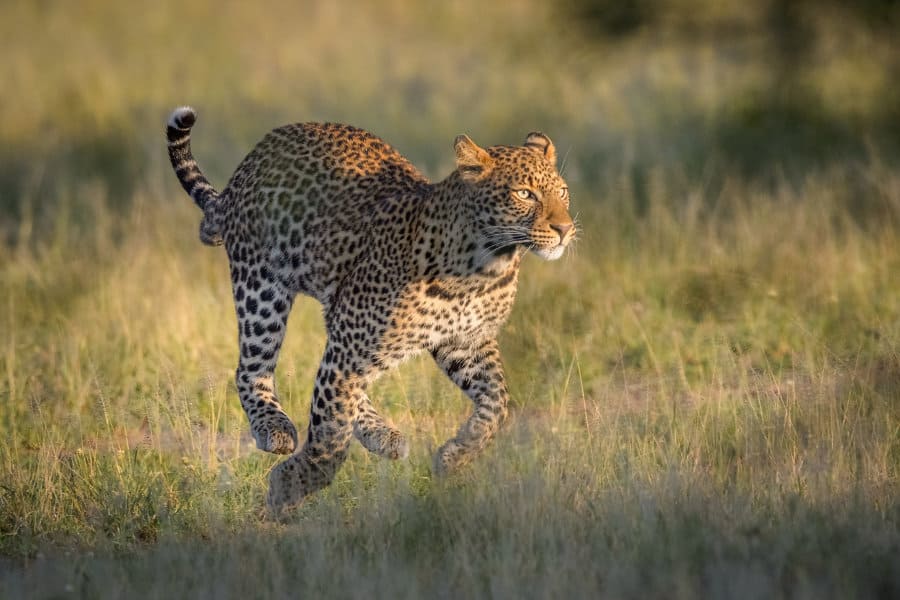
How Fast Can a Leopard Run? It's Slower than Most of Its Prey
An African leopard has a top speed of 36 mph (58 km/h). This is significantly slower than a cheetah. Cheetahs are built for speed. They have been clocked at 76 mph (122 km/h) for a short sprint of 1480 feet. This makes them the fastest land animal in the world. They can also run an average speed of 40 mph (64 km/h).

FileNagarhole Kabini Karnataka India, Leopard September 2013.jpg Wikimedia Commons
The snow leopard, Panthera uncia, can run up to 35 to 40 miles per hour over short distances. This big cat has adaptations that help it to hunt and thrive in steep and rocky terrain. Snow leopards, according to the IUCN Red List, are a vulnerable species with only a few thousand mature individuals.
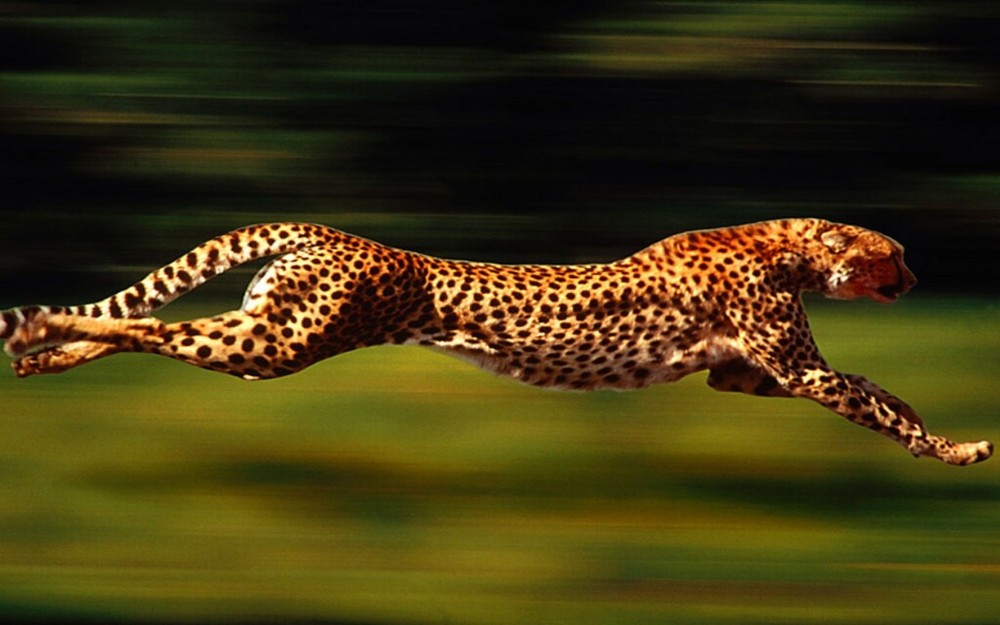
On ‘moving fast’ vs. ‘moving smart’ The Context Of Things
Leopards are known for their speed and agility, and they are capable of reaching impressive top speeds when they need to. According to various sources, leopards can run at speeds ranging from 30-56 mph (48-90 km/h) with an average speed of 58 km/h. While these top speeds might not be as fast as some other big cats, such as cheetahs which can.
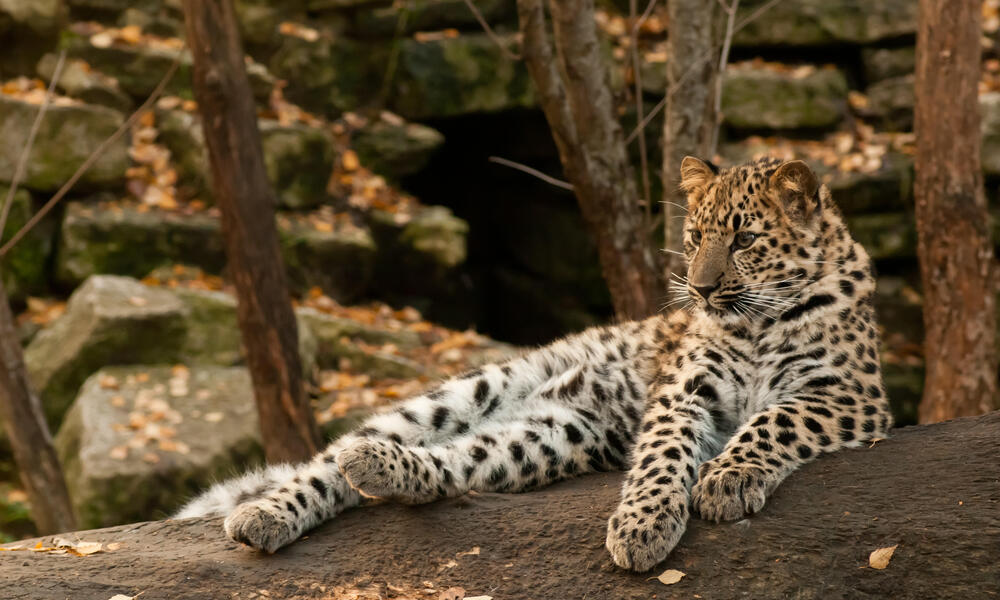
How fast are Amur leopards? And 9 other Amur leopard facts Stories WWF
The average top speed of a leopard is 35 miles ( 56 kilometers) per hour. If a leopard is particularly hungry, they can go even faster and even reach up to 40 miles ( 64 kilometers) per hour. Talk about a need for speed! The highest speed a human has ever reached was Usain Bolt, running 27 miles (43 kilometers) per hour.
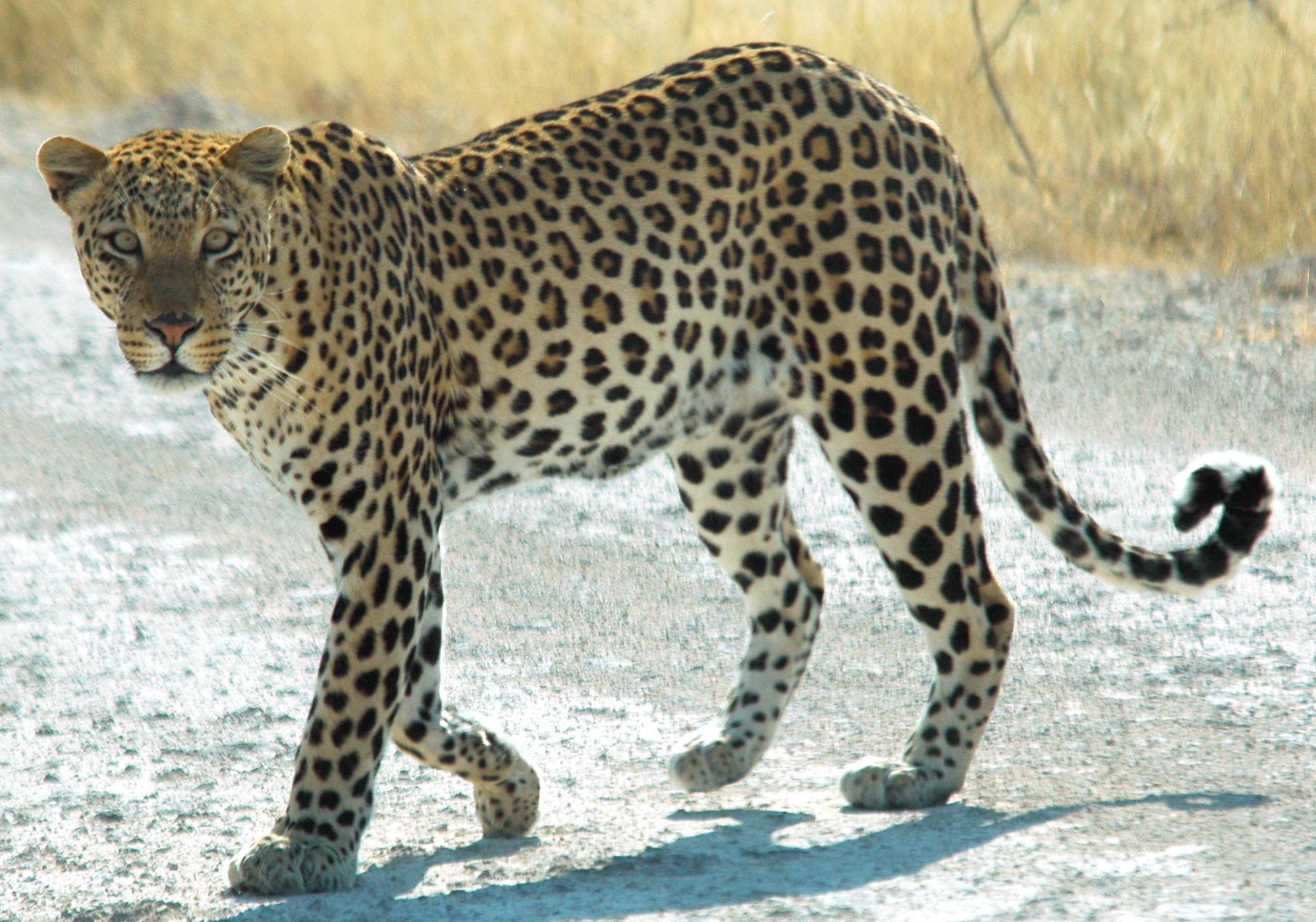
FichierNamibie Etosha Leopard 01edit.jpg — Wikipédia
In comparison, when walking at their preferred speed of 1 m s −1 (based on speed histogram of steady state walking strides, extracted according to ), leopards would be predicted to move 300 m in 5 min, while the histogram of distances travelled within 5 min peaks at 200 m (mode: 204 m). Both measures give a clear indication of a much slower.
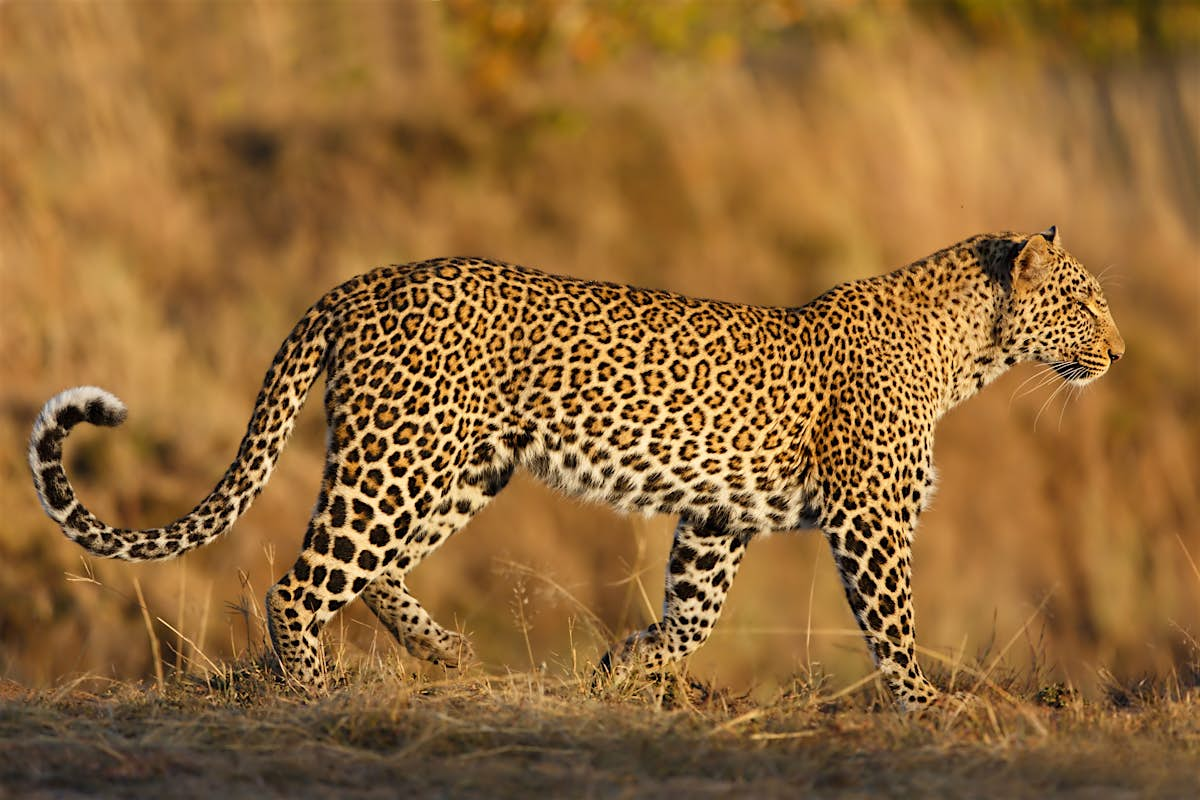
Safari animals the story of leopards (and the best places to see them) Lonely
They reach this 56-60 km/hr top speed in just two or three long footsteps which is really very incredible.. The leopard is less bulky, robust, and agile with a large head size as compared to a cougar, and this adds a lot to the leopard's advantage. On the other case, a cougar is a bit bulkier, stronger, and also with a lot stronger bite.
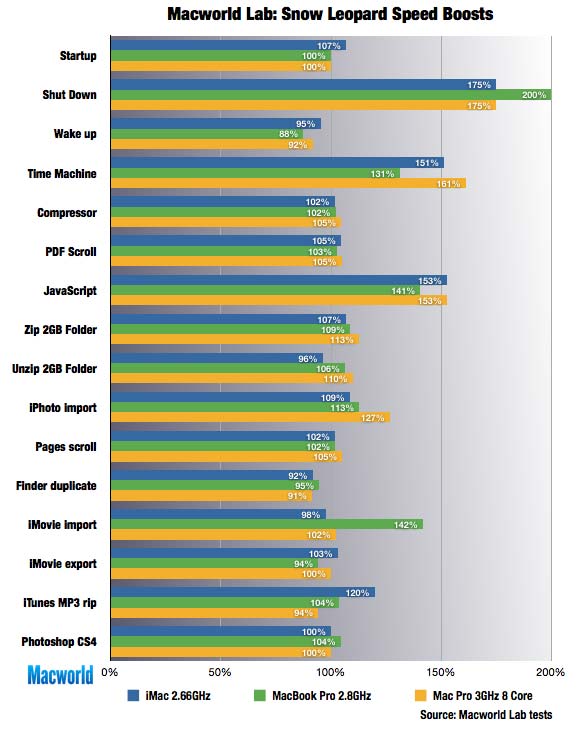
Gauging Snow Leopard's speed boosts Macworld
Cheetahs rely mostly on speed when stalking and attacking their prey. Given the difference in strength, a cheetah will most likely retreat should a leopard enter its territory. Interestingly, the cheetah has a greater bite force. This is around 400 to 500 PSI, while the leopard falls between 300 and 310 PSI.
Leopard 2A7A1 with Trophy APS r/TankPorn
Get ready to be amazed by these agile big cats! Leopards are known for their remarkable speed and agility. They can reach speeds of up to 58 kilometers per hour (36 mph) during short bursts of running. Their long, muscular legs allow them to cover large distances quickly, making them swift predators in the wild.
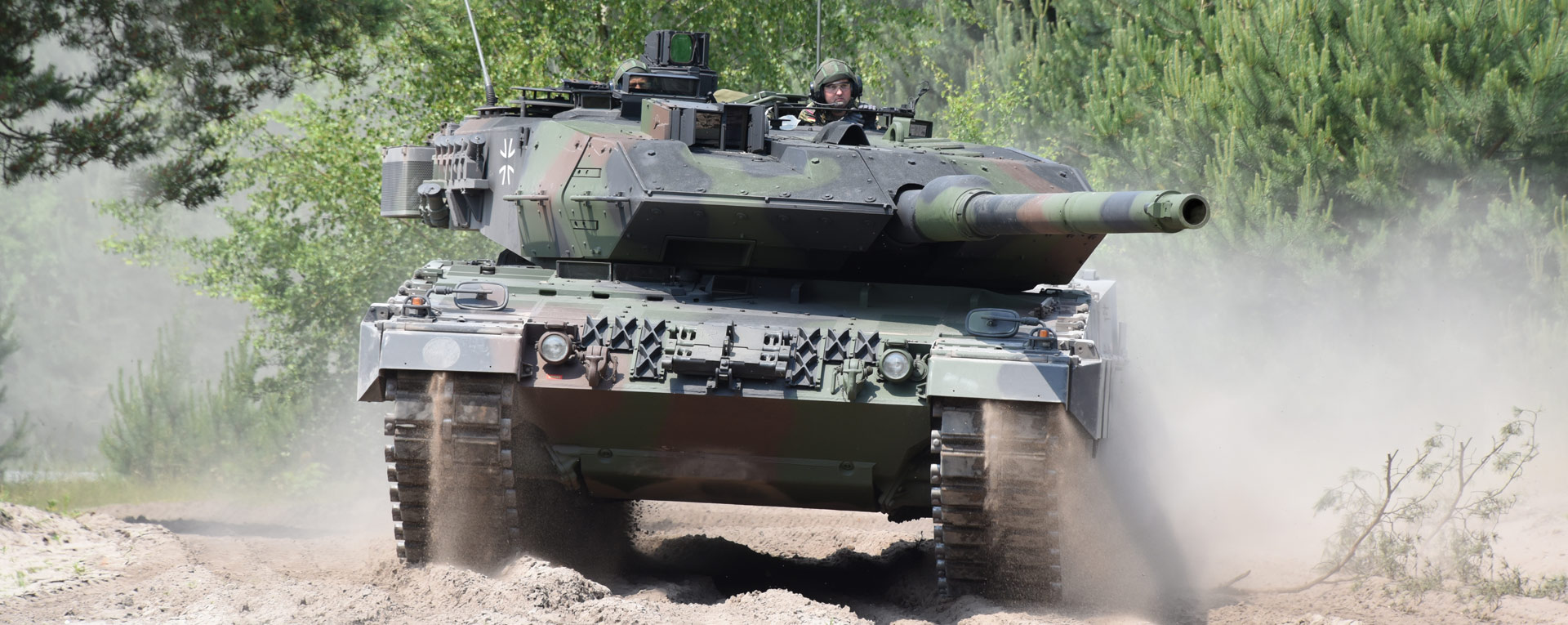
LEOPARD 2 A7+ KMW
Top speed. 58. 36. km/h mph. km/h mph . Weight. 35-91. 77-200.2. kg lbs.. The African leopard exhibits great variation in coat color, depending on location and habitat. Coat color varies from pale yellow to deep gold or tawny, and sometimes black, and is patterned with black rosettes while the head, lower limbs, and belly are spotted with.
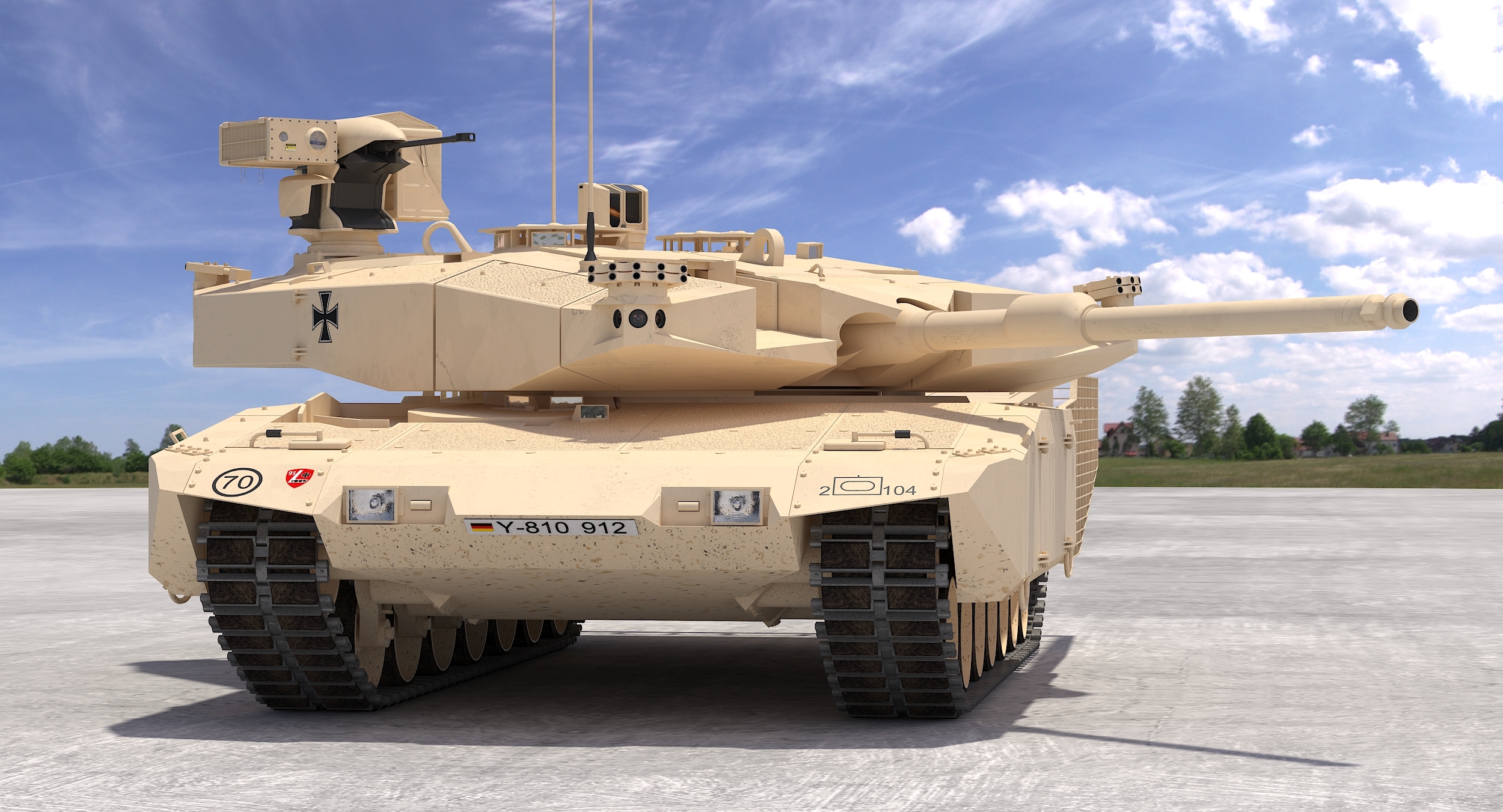
leopard 2 mbt revolution 3d max
Leopard Picture Leopards Speed. Leopards are one of the fastest land animals, capable of reaching speeds of up to 60 miles per hour. They are proficient hunters, using their speed and agility to prey on small animals. Leopards are also excellent climbers, and have been known to drag their prey up into trees to keep it safe from other predators.

"Speed" 22" x 30" K&K Wildlife Art "Speed" Leopards 616
Top Speed 36 mph Lifespan 10 - 15 years Weight 30kg - 90kg (66lbs - 198lbs) Length 100cm - 190cm (40in - 75in) Age of Sexual Maturity 2 - 2.5 years. The leopard is a medium-sized wildcat that lives in a variety of different habitats across sub-Saharan Africa and southern Asia. Distinguished by their uniquely beautiful "spotted" coat.

Cheetah vs. Leopard two cats we recently saw on safari. Notice the difference in
Leopards can run up to speeds of 36 miles per hour. Below, we delve into how that speed compares to their fellow felines and what contributes to a cat's incredible speed and agility. How Fast Are Leopards Compared to Other Big Cats? Unlike cheetahs, which have filled-in spots, leopards have spots that are more rosette-shaped.

How Fast Can a Leopard Run? It's Slower than Most of Its Prey
Their top speed is 36 mph or 58 km/h which puts them in the last spot among big cats. They do not rely solely on speed to catch their prey, after all, most of their prey is faster than they are. For example, impalas can run up to 55 mph or 90 km/h.
.jpg)
FileAfrican leopard, Panthera pardus pardus, near Lake Panic, Kruger National Park, South
African leopards have a top speed of 56-60 km/h (35-37 mph). That's significantly slower than cheetahs and lions, as well as being slower than a lot of its prey. But this top speed isn't the full story. The leopard is one of the greatest predators on the African savannah and speed is just one piece of its hunting prowess.
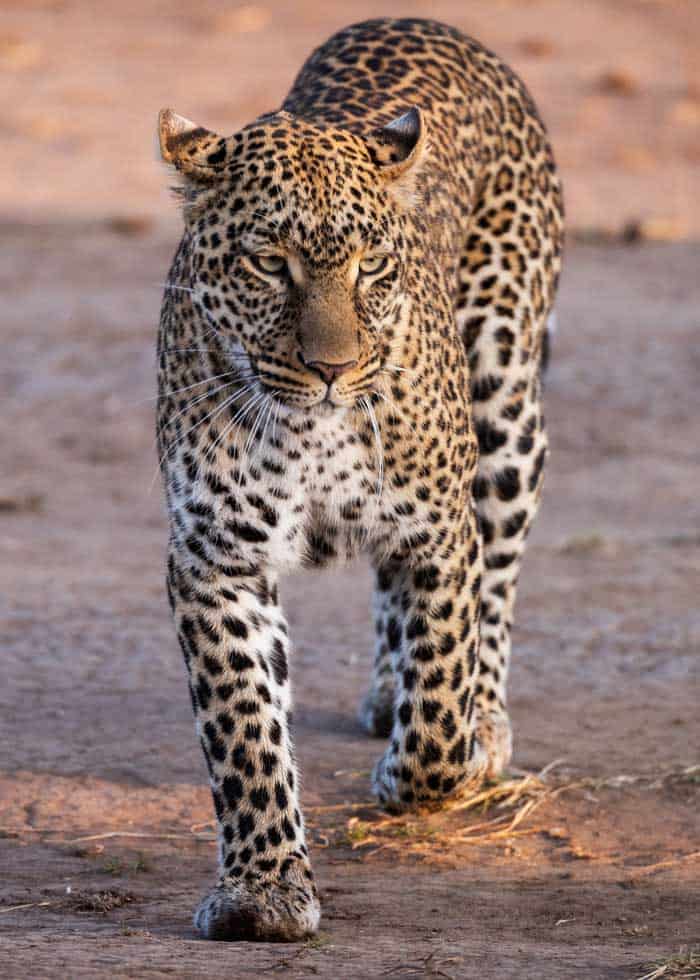
Cheetah vs Leopard 14 Key Differences (Speed, Size, Spots) Storyteller Travel
In an amazing tale of recovery related to concerted conservation efforts, the number of Amur leopards in Russia has increased from 27-32 to 70-75 in the last 15 years, while China has recorded an increase of 13-15 individuals in bordering provinces. © _ 3. How do Amur leopards differ from other leopards?

The speed of the leopard explained why are they so fast! LPRD
The Leopard is the smallest of the big cat family, but are one of the most daring. They are known for their spots on their fur and live in a wide range of countries across Africa, Asia and Southern Russia.. Top Speed: 58 km/h (36 mph) No. of Species: 1: Conservation Status:
